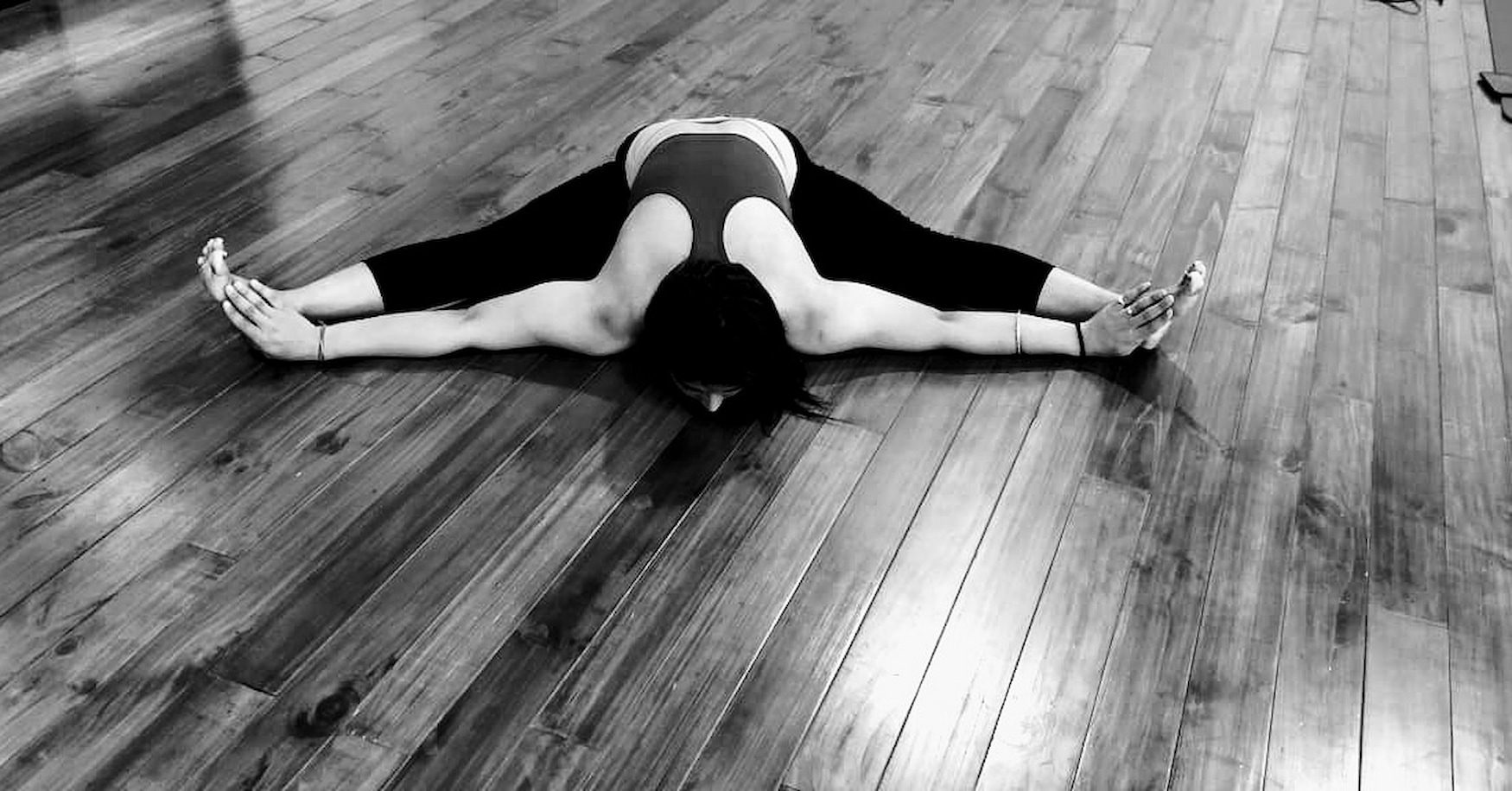Yin Yoga: Everything You Should Know About Yin Yoga Poses | Sarva Yoga

Yin yoga: What Is It?
Yin Yoga is a slow-paced style of yoga as exercise, incorporating principles of traditional Chinese medicine, with asanas (postures) that are held for longer periods of time than in other styles. Advanced practitioners may stay in one asana for five minutes or more. The sequences of postures are meant to stimulate the channels of the subtle body known as meridians in Chinese medicine and as nadis in Hatha yoga.
Yin Yoga poses apply moderate stress to the connective tissues of the body—the tendons, fasciae, and ligaments—with the aim of increasing circulation in the joints and improving flexibility. A more meditative approach to yoga, its goals are awareness of inner silence, and bringing to light a universal, interconnecting quality.
Yin Yoga was founded in the late 1970s by martial arts expert and Taoist yoga teacher Paulie Zink. Yin Yoga is taught across North America and Europe, encouraged by its teachers Paul Grilley and Sarah Powers. As taught by Grilley and Powers, it is not intended as a complete practice in itself, but as a complement to more active forms of yoga and exercise. However, Zink's approach includes the full range of Taoist yoga, both yin and conventional.
The 3 principles of yin yoga:
Make sure the stretch is the right depth: Hold a stretch at 70%. You should feel the stretch but it shouldn't be uncomfortable and once you find the right stretch, the body will start relaxing after some time.
Hold the stretch for a good while: Hold the stretch for atleast 2-3 minutes or longer. Time allows the body to relax and lengthen the tissues and increases flexibility eventually.
Rest in the posture: Once you have found comfort in the stretch, make sure you find stillness and relaxation. Rest in the posture completely.
Yin Yoga Asanas: Complete List And How to practice
Yin yoga postures:
Butterfly pose
Dragon pose
Sphynx pose
Puppy pose
Reclined hero pose
Supine twist pose
Corpse pose
You can also practice this yin yoga class at home: https://youtu.be/X_9Hwl9A_Dc
Difference between a restorative and yin class
Yin Yoga and Restorative Yoga are often considered to be similar practices, but there are many differences between the two.
Usage of props-Both styles may use props, however, in Yin Yoga, they are used to either help you come into a more beneficial alignment, to deepen the pose or on the other hand side to prevent you from going too deep into the stretch. In Restorative Yoga, props are used to completely support your body. Usually, Restorative Yoga will use far more props than Yin Yoga, which may include straps, blankets, blocks, sandbags and especially bolsters.
Poses-Yin Yoga poses are held for about 3-5 minutes, sometimes even 7 minutes if students are experienced. In Restorative Yoga, poses are held for anywhere from 5-10 minutes.
Stretch- In Yin Yoga, there is an active stretch but not however in Restorative Yoga the goal is to be 100% supported and passive with no active stretch.Yin has the 80% rule to stretch the deeper yin tissues one mustn’t go beyond 80% of their capacity in the pose, basically staying in mild discomfort instead of rest or distress
Yin Yoga: What are the health benefits?
- Calms and balances the mind and body.
- Reduces stress and anxiety.
- Increases circulation.
- Improves flexibility and fascial health.
- Releases fascia and improves joint mobility.
- Balances the internal organs and improves the flow of chi or prana.
What are the things you need for yin yoga?
You need a few props for yin yoga. Props like bolster, pillows, blankets and yoga blocks. These props help you hold the posture for longer and relax into it. The ideal setup would be a dark, calm room with some relaxing music aromas.
SARVA tips to start yin yoga
- Try to focus on the stretch without pushing yourself too much.
- Use props as much as you need
- Try ro relax the body and the mind during each pose
